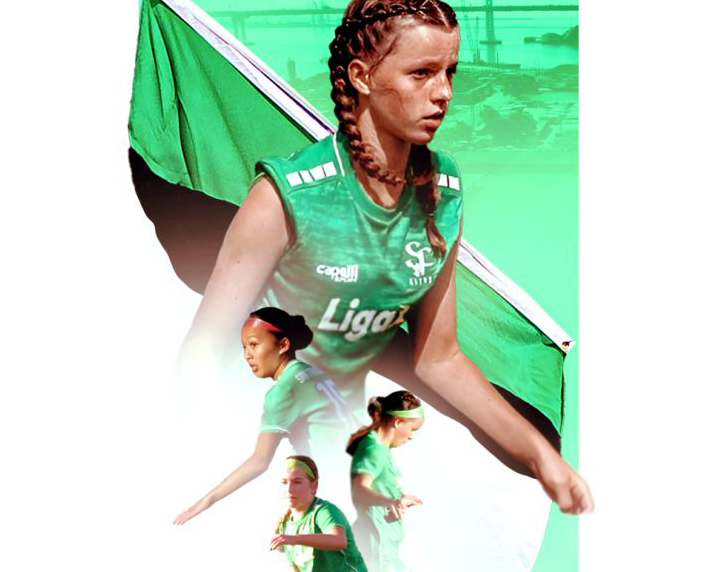The US Soccer Girls Development Academy recently announced the arrival of six new clubs into the Girls’ DA program. While clubs are joining the Girls’s DA, more than a few clubs have decided to leave and have all of their top girls’ teams compete in the ECNL (Elite Clubs National League). One of those clubs is Crossfire Premier based just outside Seattle, Washington.
ECNL has more to offer our girls

Bernie James is the Director of Coaching at Crossfire Premier. When I spoke with James about how Crossfire Premier is able to provide so much funding for their top teams, we also spoke at length about the club’s decision to leave the Girls’ DA. Crossfire Premier has been very successful in the Girls’ DA. This season, Crossfire Premier teams are in the top three of the standings in all age divisions. SEE STANDINGS HERE. Last year, in the DA’s inaugural season, Crossfire had one team reach the National Semifinals and another the Quarterfinals. However, even with all the success, James simply said, “ECNL offers more of what our girls are looking for in a soccer program.”
James continued, “We had ECNL teams and DA teams. The club fully-funded the DA, and still paid for all travel costs for two of the ECNL age groups. Yet, we had elite-level girls—players chosen for our DA teams—coming to us saying ‘We’ll pay. We want to play ECNL.’ That’s huge. We’re talking thousands of dollars these families were willing to sacrifice to play ECNL.”
These girls want to play high school.
I asked James what ECNL offers. Why were families willing to pay thousands of dollars, give up the DA season, and play ECNL? He answered, “There are big gaps in the DA schedule, for one thing, playing around 30 games spread across 10 months. Our girls this season didn’t have a game between early December and late February, for instance, and in other cases, we have only one game in a month. The DA tells us to take those gaps and set up other games with teams around the region, but that’s not a good solution for us due to our geographic isolation in the Pacific Northwest. We keep training at the high level, but there are these huge gaps where we’re not playing competitive games.”
“Then you can add to that a bigger hurdle: These girls want to play for their high schools. They want to play in front of their friends and with their friends. They want to play for their schools. [When the Girls DA started] we thought the girls would eventually not mind giving up the social aspect of high school soccer, like what happened on the boys’ DA side. That didn’t happen. They know they can still be in a very competitive league [ECNL] and be able to play high school soccer at the same time, and that’s a very attractive proposition to our players.”
“Soccer brings communities together”
Many high school teams play a high level of soccer with professional coaches and top training, but many do not. This is one of the main reasons US Soccer prohibits their players from playing for their high school teams. I asked James about the competitive level of high school soccer in the Seattle area. “Honestly, I don’t have a problem with it, no matter the level. Most of these girls, in both the DA and the ECNL, are not going to be professional soccer players. They’re in it because they love this game. The vast majority of them are not going to have careers playing soccer, and we were taking away some of the best soccer experiences from them during their high school years. It’s a beautiful game. Soccer brings communities together. First and foremost, we listened to our customers our players and families, and we recognized just how important high school soccer was to them. Then we came together as a club and decided that we are going to have our top girls teams in the ECNL. Our families are all in. We’re very happy with our decision. We know it’s the right direction for our girls’ teams.”







